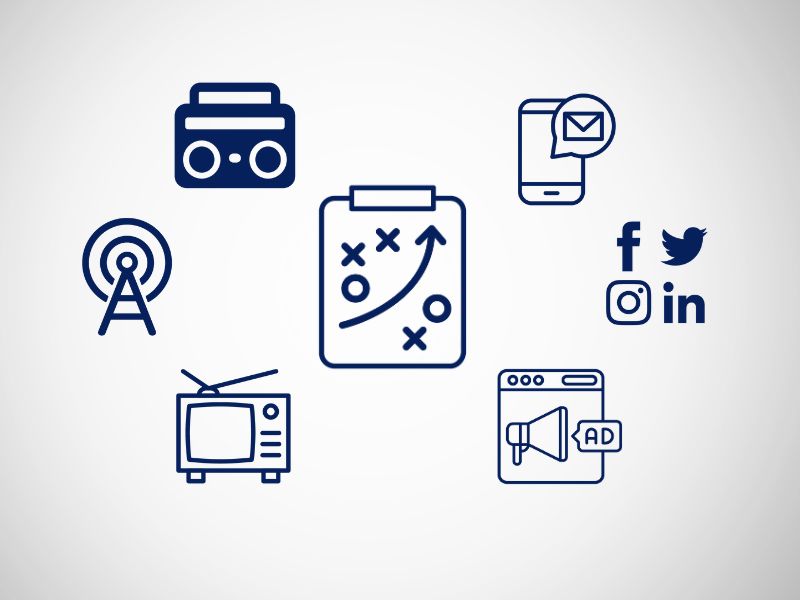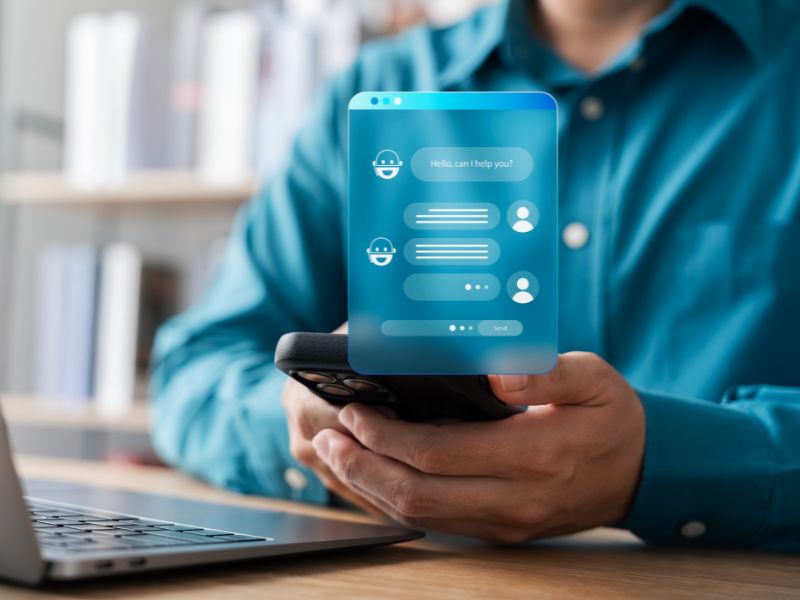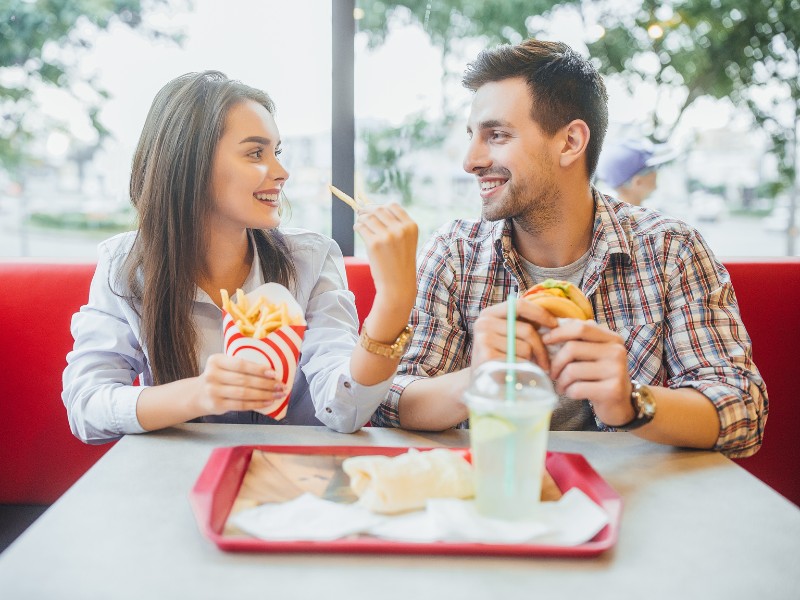If you work in healthcare marketing long enough, you start to realize something: people don’t just want facts. They want to feel understood. They want to feel safe. And, honestly, they want someone they trust to tell them, “Hey, this matters for you.”
That’s a big reason why more healthcare brands are turning to public figures like athletes, local community leaders, even reality TV personalities to help bridge the gap between clinical expertise and everyday life. And when it’s done right, it works.




.jpg)


.jpg)

